Code
HCS21794
Weight
1.1 Kg / 2.43 lbs
Size
Height
24cm (9") Material
Conch shell
Availability
Available
Date Added
2020-10-27 06:29:42
Note : We used to sell this product 5 years ago so it may no longer be in our stock.
It is possible that we still have it with our suppliers but the price could be different from before.
Feel free to order. We will verify availability and inform you promptly.
It is possible that we still have it with our suppliers but the price could be different from before.
Feel free to order. We will verify availability and inform you promptly.

Safe Payment
We accept Paypal, Money Transfer, Bank Transfer
Confidence
Protection covers your purchase and personal data.
Worldwide Delivery
We ship Worldwide, except Russia.Shipping cost US$25.2 for upto 0.5 kgs

Hotline
Talk to help line for your question on 9841267335Aparimita : Brief Introduction
Buddha Aparimita is very popular in bestowing long life upon the devotees. It is red in color. His two hands are in dhyana mudra and holds an ambrosia vase. He usually wears all the ornaments of different kinds peculiar to a Sambhogakaya Buddha. He is never depicted with any consort. He wears a crown and has Ushnisha and Urnakosh on his body. Read More . . .
Buddha Aparimita is very popular in bestowing long life upon the devotees. It is red in color. His two hands are in dhyana mudra and holds an ambrosia vase. He usually wears all the ornaments of different kinds peculiar to a Sambhogakaya Buddha. He is never depicted with any consort. He wears a crown and has Ushnisha and Urnakosh on his body. Read More . . .
White Tara : Brief Introduction
White Tara is a revered figure in Buddhist mythology, often depicted as a compassionate and serene goddess. She embodies peace and emanates loving compassion, bringing grace and dignity to various situations. White Tara's presence encourages the emergence of goodness and positive outcomes in all circumstances. She upholds the Four Measureless States, which include Loving Kindness, Compassion, Sympathetic Joy, and Equanimity, encompassing past, present, and future circumstances. Additionally, White Tara is associated with the bestowing of longevity, symbolizing a long and healthy life. Her essence embodies the ideals of compassion and benevolence, making her a significant figure in Buddhist worship and spiritual practices. Read More . . .
White Tara is a revered figure in Buddhist mythology, often depicted as a compassionate and serene goddess. She embodies peace and emanates loving compassion, bringing grace and dignity to various situations. White Tara's presence encourages the emergence of goodness and positive outcomes in all circumstances. She upholds the Four Measureless States, which include Loving Kindness, Compassion, Sympathetic Joy, and Equanimity, encompassing past, present, and future circumstances. Additionally, White Tara is associated with the bestowing of longevity, symbolizing a long and healthy life. Her essence embodies the ideals of compassion and benevolence, making her a significant figure in Buddhist worship and spiritual practices. Read More . . .
Green Tara : Brief Introduction
Samaya Tara, popularly known as Green Tara. She is represented in a royal ease posture with her left leg bent her left leg overstepping the main lotus and resting on a blue lotus ready to get up and offer assistance to those in need. She is portrayed with maroon Buddhist robes and jewelry. The earrings represent patience, understanding, and renunciation. The diadem with five jewels represents the transmutation of the five delusions into the Five Buddha Wisdoms. She is shown with a benevolent countenance seated upon a white moon disk which is associated with special restorative nectar associated with the naval chakra center. In Buddhists, the moon symbolizes the wisdom aspect which when coupled with compassion leads to Sakyamuni Buddha's enlightenment. Her right hand is gracefully lowered in Varada mudra, the boon-granting gesture. Read More . . .
Samaya Tara, popularly known as Green Tara. She is represented in a royal ease posture with her left leg bent her left leg overstepping the main lotus and resting on a blue lotus ready to get up and offer assistance to those in need. She is portrayed with maroon Buddhist robes and jewelry. The earrings represent patience, understanding, and renunciation. The diadem with five jewels represents the transmutation of the five delusions into the Five Buddha Wisdoms. She is shown with a benevolent countenance seated upon a white moon disk which is associated with special restorative nectar associated with the naval chakra center. In Buddhists, the moon symbolizes the wisdom aspect which when coupled with compassion leads to Sakyamuni Buddha's enlightenment. Her right hand is gracefully lowered in Varada mudra, the boon-granting gesture. Read More . . .
Chenrezig : Brief Introduction
Of all the deities in Mahayana Buddhism, the bodhisattva Avalokiteshvara, Chenrezig, is one of the most celebrated. He is the lord gifted with complete enlightenment, who refrains from entering the blissful state of nirvana to remain here below and save the living being of the earth. This devotion to the salvation of others emphasizes profound compassion.
Compassion for others had always been regarded as a virtue in early Buddhism, but it had a somewhat subordinate place to wisdom. In Mahayana Buddhism, compassion received an equal emphasis with wisdom, perhaps because the Mahayana was more consciously universal and covered a wider sector of society. In this view of the world, all men and women, not just those leading a monastic life, could achieve nirvana. Read More . . .
Of all the deities in Mahayana Buddhism, the bodhisattva Avalokiteshvara, Chenrezig, is one of the most celebrated. He is the lord gifted with complete enlightenment, who refrains from entering the blissful state of nirvana to remain here below and save the living being of the earth. This devotion to the salvation of others emphasizes profound compassion.
Compassion for others had always been regarded as a virtue in early Buddhism, but it had a somewhat subordinate place to wisdom. In Mahayana Buddhism, compassion received an equal emphasis with wisdom, perhaps because the Mahayana was more consciously universal and covered a wider sector of society. In this view of the world, all men and women, not just those leading a monastic life, could achieve nirvana. Read More . . .
Manjushri : Brief Introduction
Manjushree is a Sanskrit word meaning 'gentle glory'. In Sanskrit, "shree" means 'glorious' or 'honorable'. His name signifies one who embodies enlightened wisdom. He confers mastery of the Dharma, wisdom, and eloquence and teaches the path of a bodhisattva in the Mahayana tradition. Read More . . .
Manjushree is a Sanskrit word meaning 'gentle glory'. In Sanskrit, "shree" means 'glorious' or 'honorable'. His name signifies one who embodies enlightened wisdom. He confers mastery of the Dharma, wisdom, and eloquence and teaches the path of a bodhisattva in the Mahayana tradition. Read More . . .
Iconographic :
The conch shell, this has been used as the original from the past ancient times, in ancient history of Nepal and India these horns are used to commence is any rituals or worn. Popularly known as Shanka, is a musical instrument blow by the lord Krishna to declare the start of the war of Mahabharata. in all the epic stories of Hinduism shankha has been described being carried by all the heroes of the past.
In Vajrayana Buddhism. :This has been recognised as the symbol of fearlessness, and proclaimed the truth of dharma. This is the one of the eight symbols of good fortune this stands for the popularity and fame of Buddhist teaching which spread in all direction like the sound of the Conch Trumpet.
In addition to Buddha's throat, the conch also appears as an auspicious mark on the soles, palms, limbs, breast or forehead of a divinely endowed being.
The fourfold caste division is also applied as follows:
The smooth white conch represents the Brahmin caste (priests)
The red conch, the kshatriyas (warriors)
The yellow conch, the vaishyas (merchants)
The grey conch, the shudras (labourers)
Additionally, there is a fundamental classification of conch shells occurring in nature: those that turn to the left and those which turn to the right. Shells which spiral to the right in a clockwise direction are a rarity and are considered especially sacred. The right-spiralling movement of such a conch is believed to echo the celestial motion of the sun, moon, planets and stars across the heavens. The hair whorls on Buddha's head spiral to the right, as do his fine body hairs, the long curl between his eyebrows (urna), and also the conch-like swirl of his navel.
The Left Turning Conch The Right Turning Conch :In addition to Buddha's throat, the conch also appears as an auspicious mark on the soles, palms, limbs, breast or forehead of a divinely endowed being.
The fourfold caste division is also applied as follows:
The smooth white conch represents the Brahmin caste (priests)
The red conch, the kshatriyas (warriors)
The yellow conch, the vaishyas (merchants)
The grey conch, the shudras (labourers)
Additionally, there is a fundamental classification of conch shells occurring in nature: those that turn to the left and those which turn to the right. Shells which spiral to the right in a clockwise direction are a rarity and are considered especially sacred. The right-spiralling movement of such a conch is believed to echo the celestial motion of the sun, moon, planets and stars across the heavens. The hair whorls on Buddha's head spiral to the right, as do his fine body hairs, the long curl between his eyebrows (urna), and also the conch-like swirl of his navel.
It is one of the main emblems of Vishnu, and his conch bears the name of Panchajanya, meaning 'having control over the five classes of beings.'
Arjuna's (hero of the Mahabharata) mighty conch was known as Devadatta, whose triumphant blast brought terror to the enemy. As a proclaiming battle horn, the conch is akin to the bugle. It is an emblem of power, authority and sovereignty whose blast is believed to banish evil spirits, avert natural disasters, and scare away poisonous creatures.
Today, in its greatly tamed avatar, the conch is used in Tibetan Buddhism to call together religious assemblies. During the actual practise of rituals, it is used both as a musical instrument and as a container for holy water.
Ancient Indian belief classifies the conch into male and female varieties. The thicker-shelled bulbous one is thought to be the male (purusha), and the thin-shelled slender conch to be the female (shankhini).
Arjuna's (hero of the Mahabharata) mighty conch was known as Devadatta, whose triumphant blast brought terror to the enemy. As a proclaiming battle horn, the conch is akin to the bugle. It is an emblem of power, authority and sovereignty whose blast is believed to banish evil spirits, avert natural disasters, and scare away poisonous creatures.
Today, in its greatly tamed avatar, the conch is used in Tibetan Buddhism to call together religious assemblies. During the actual practise of rituals, it is used both as a musical instrument and as a container for holy water.
Ancient Indian belief classifies the conch into male and female varieties. The thicker-shelled bulbous one is thought to be the male (purusha), and the thin-shelled slender conch to be the female (shankhini).


![Tibetan Conch Shell With Manjushri, Green And White Tara, Chenrezig And Aparimita [hand Carved]](https://handicraftseller.com/uploads/pics/product/thumb/2020/10/21794_0.jpg)
![Tibetan Conch Shell With Manjushri, Green And White Tara, Chenrezig And Aparimita [hand Carved]](https://handicraftseller.com/uploads/pics/product/thumb/2020/10/21794_1.jpg)
![Tibetan Conch Shell With Manjushri, Green And White Tara, Chenrezig And Aparimita [hand Carved]](https://handicraftseller.com/uploads/pics/product/thumb/2020/10/21794_2.jpg)
![Tibetan Conch Shell With Manjushri, Green And White Tara, Chenrezig And Aparimita [hand Carved]](https://handicraftseller.com/uploads/pics/product/thumb/2020/10/21794_3.jpg)
![Tibetan Conch Shell With Manjushri, Green And White Tara, Chenrezig And Aparimita [hand Carved]](https://handicraftseller.com/uploads/pics/product/thumb/2020/10/21794_4.jpg)
![Tibetan Conch Shell With Manjushri, Green And White Tara, Chenrezig And Aparimita [hand Carved]](https://handicraftseller.com/uploads/pics/product/thumb/2020/10/21794.jpg)
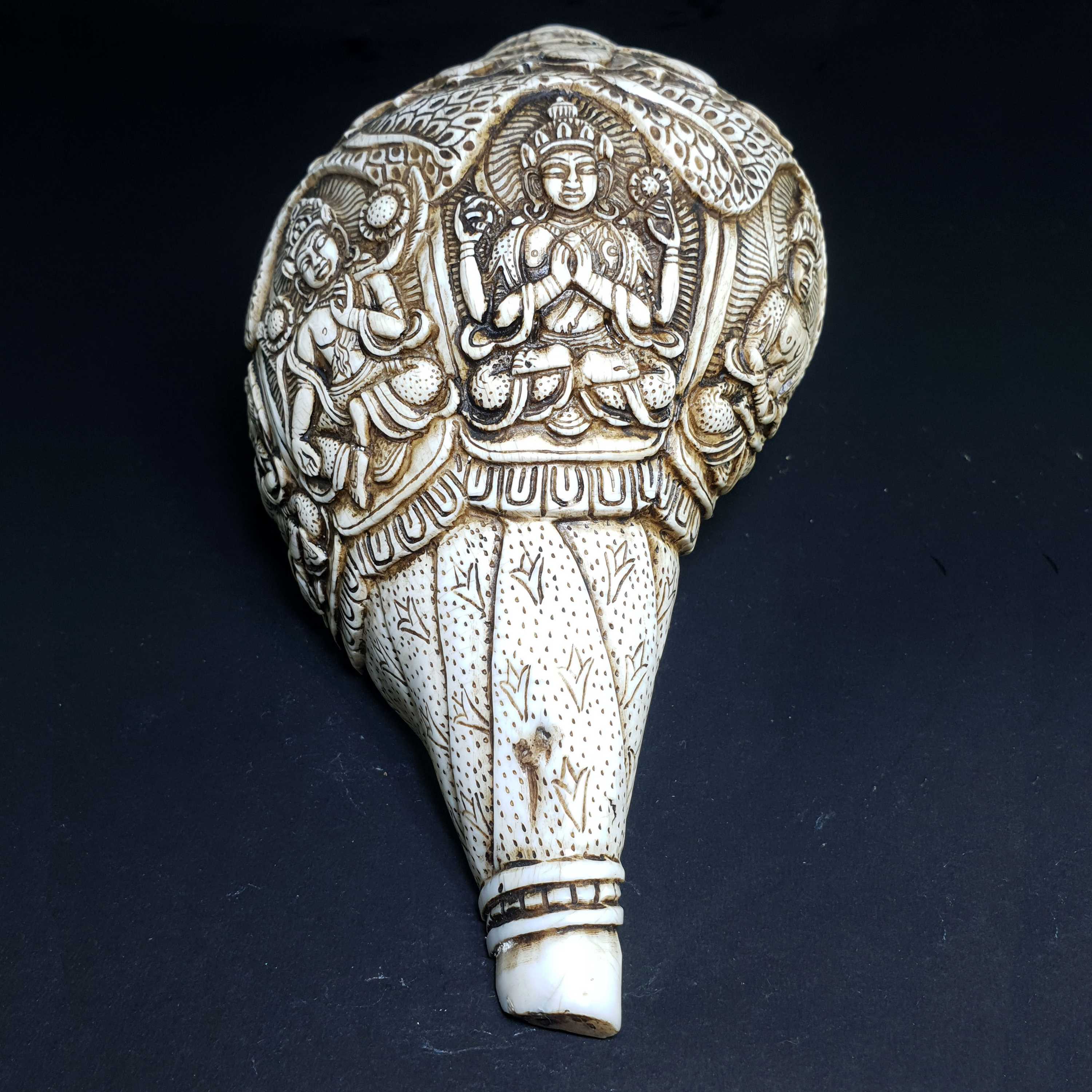
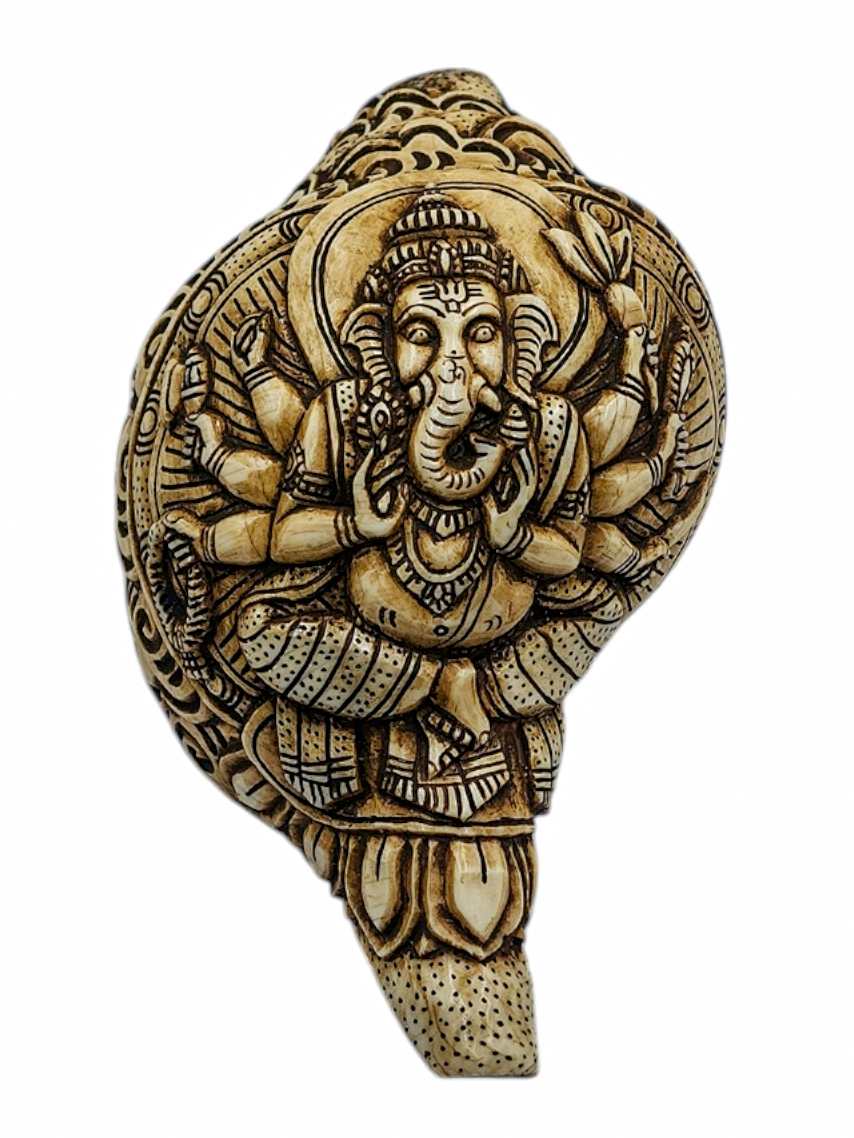 with
with 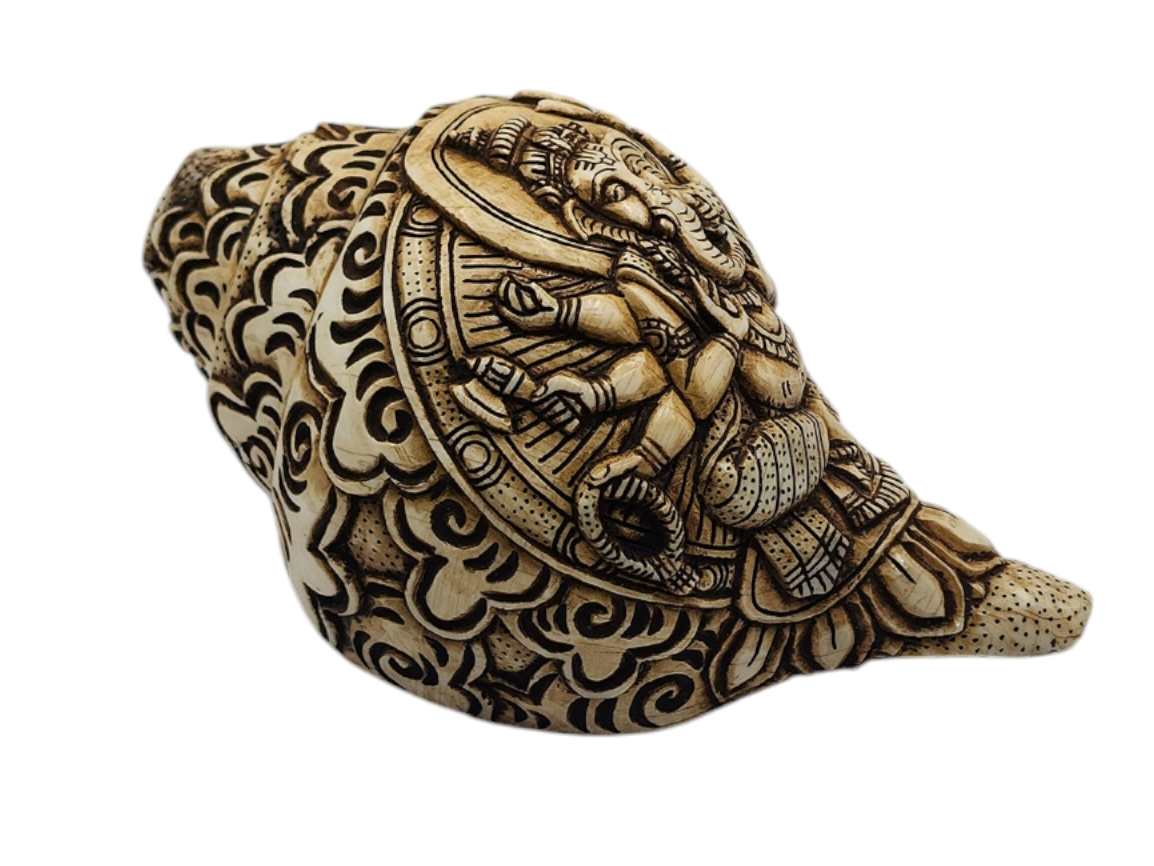 with
with 
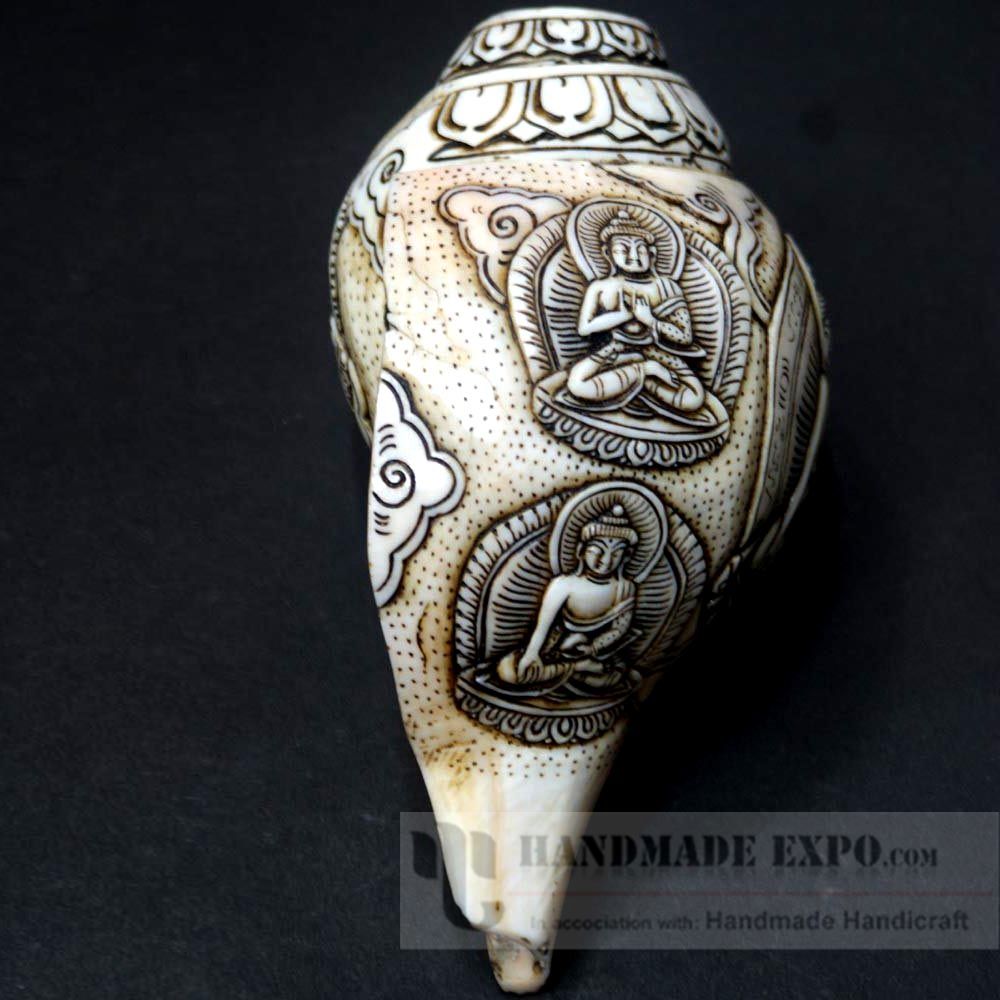
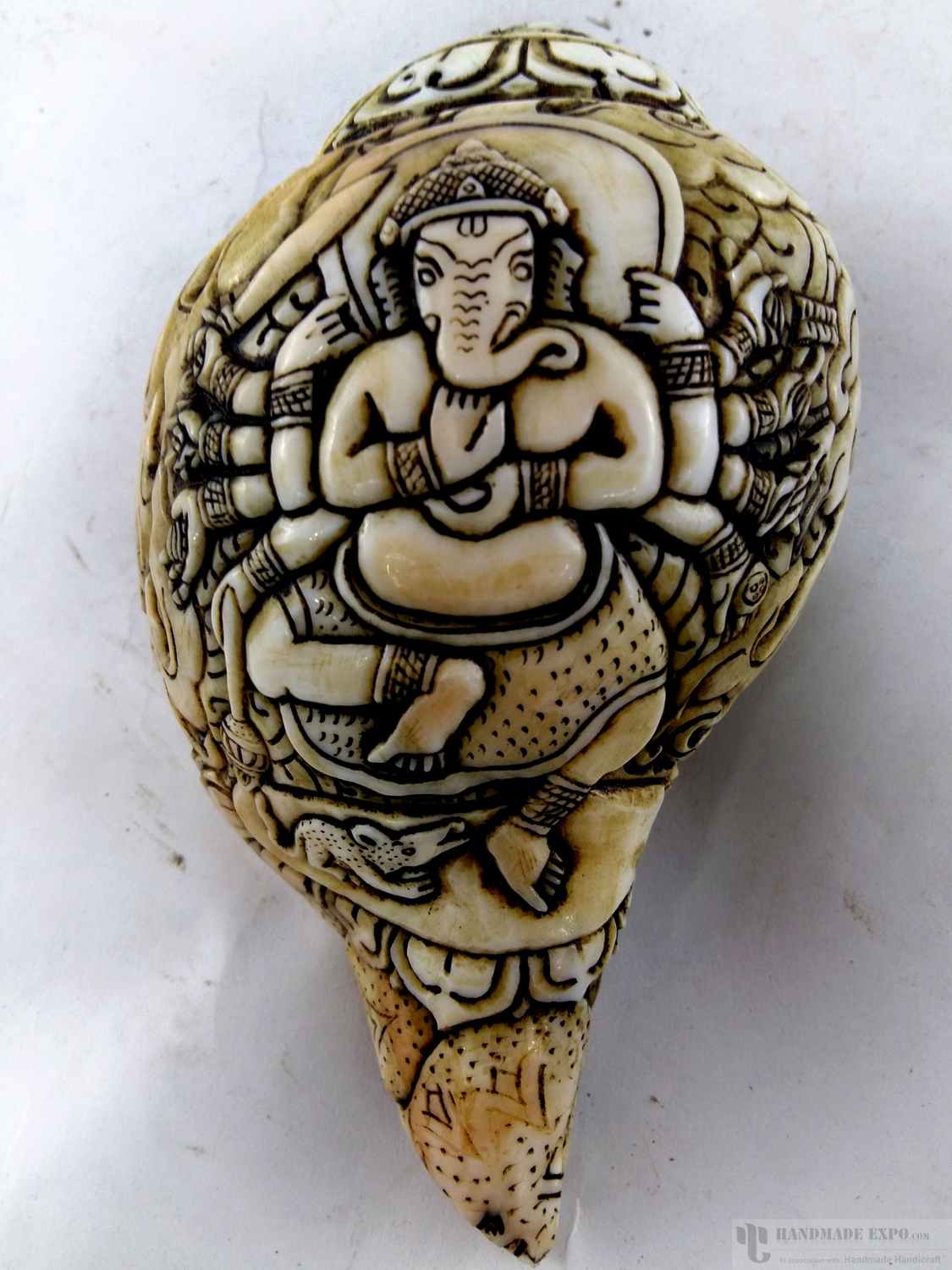 Hand Carved, Conch Shell" title="12 Garms Ganesh
Hand Carved, Conch Shell" title="12 Garms Ganesh 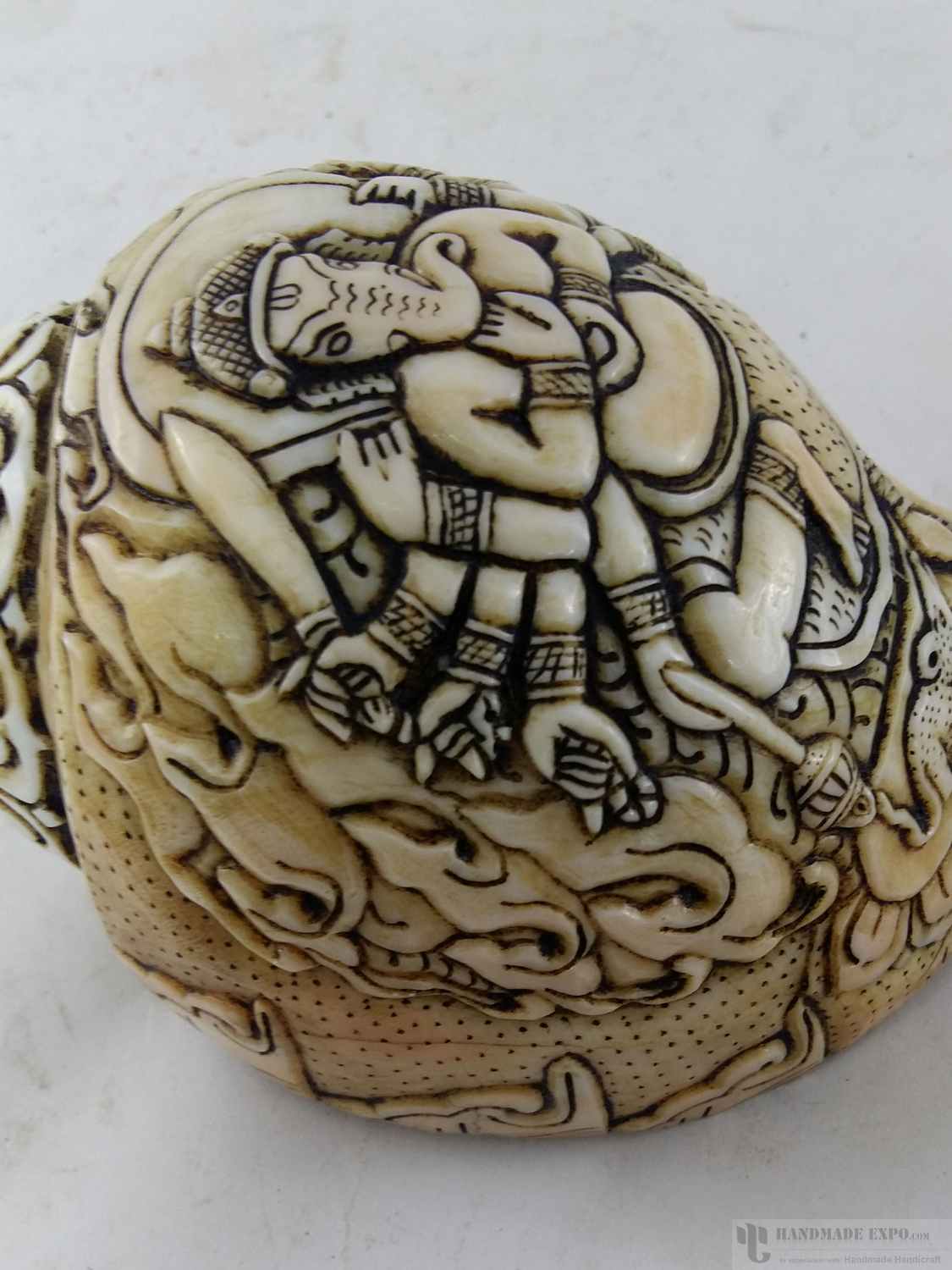 Hand Carved, Conch Shell" title="12 Garms Ganesh
Hand Carved, Conch Shell" title="12 Garms Ganesh 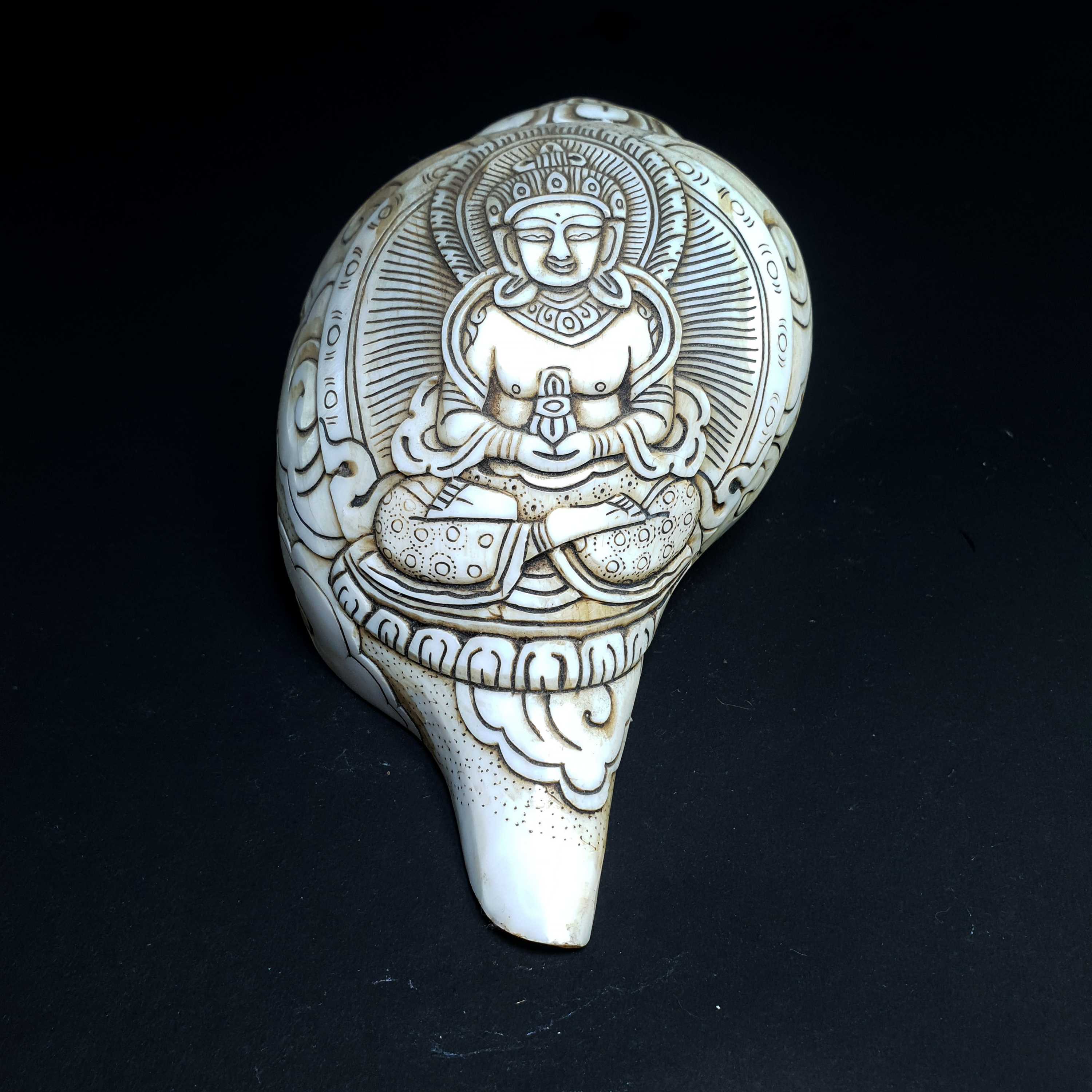 with Aparimita Amitayus
with Aparimita Amitayus 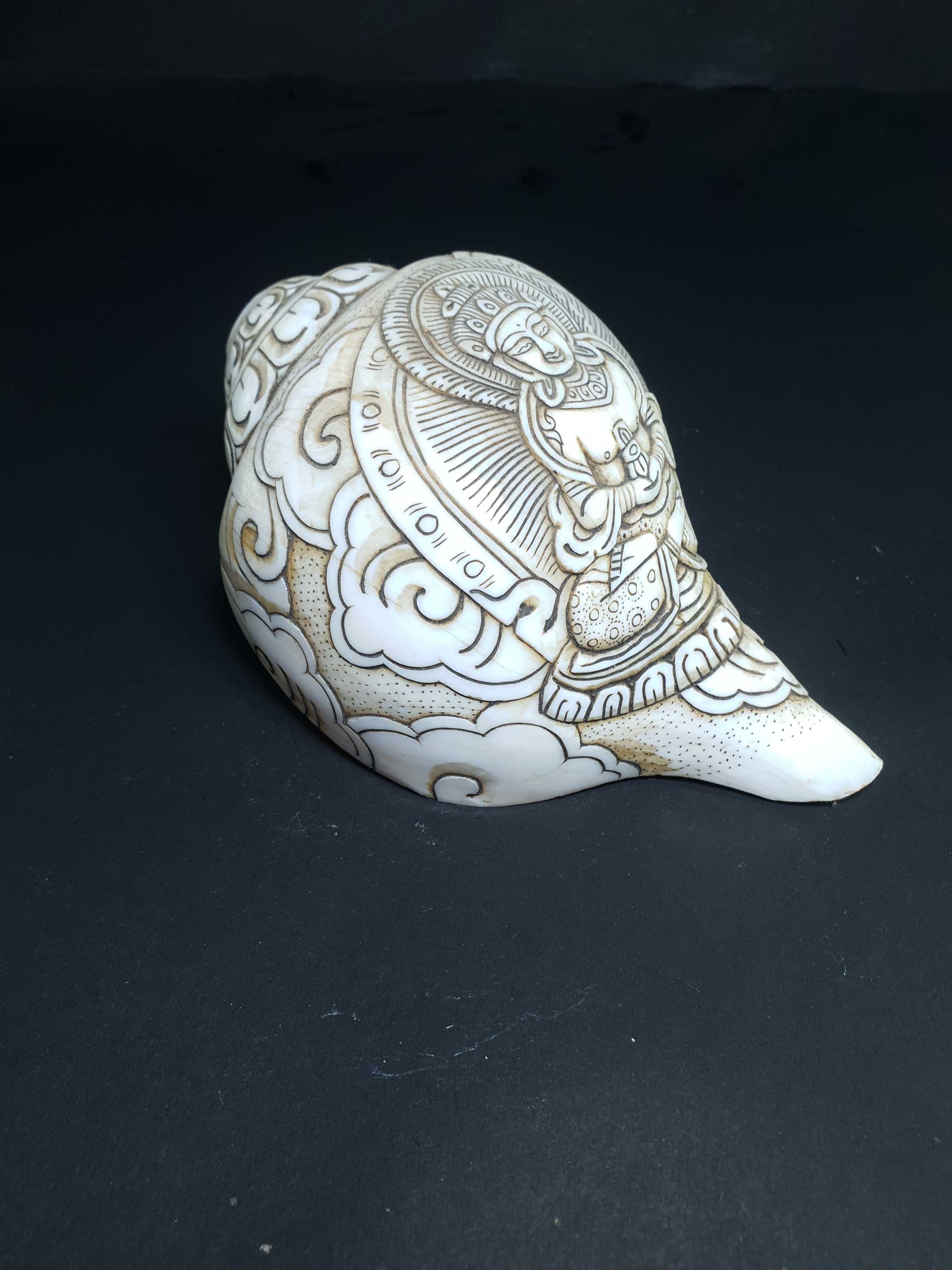 with Aparimita Amitayus
with Aparimita Amitayus 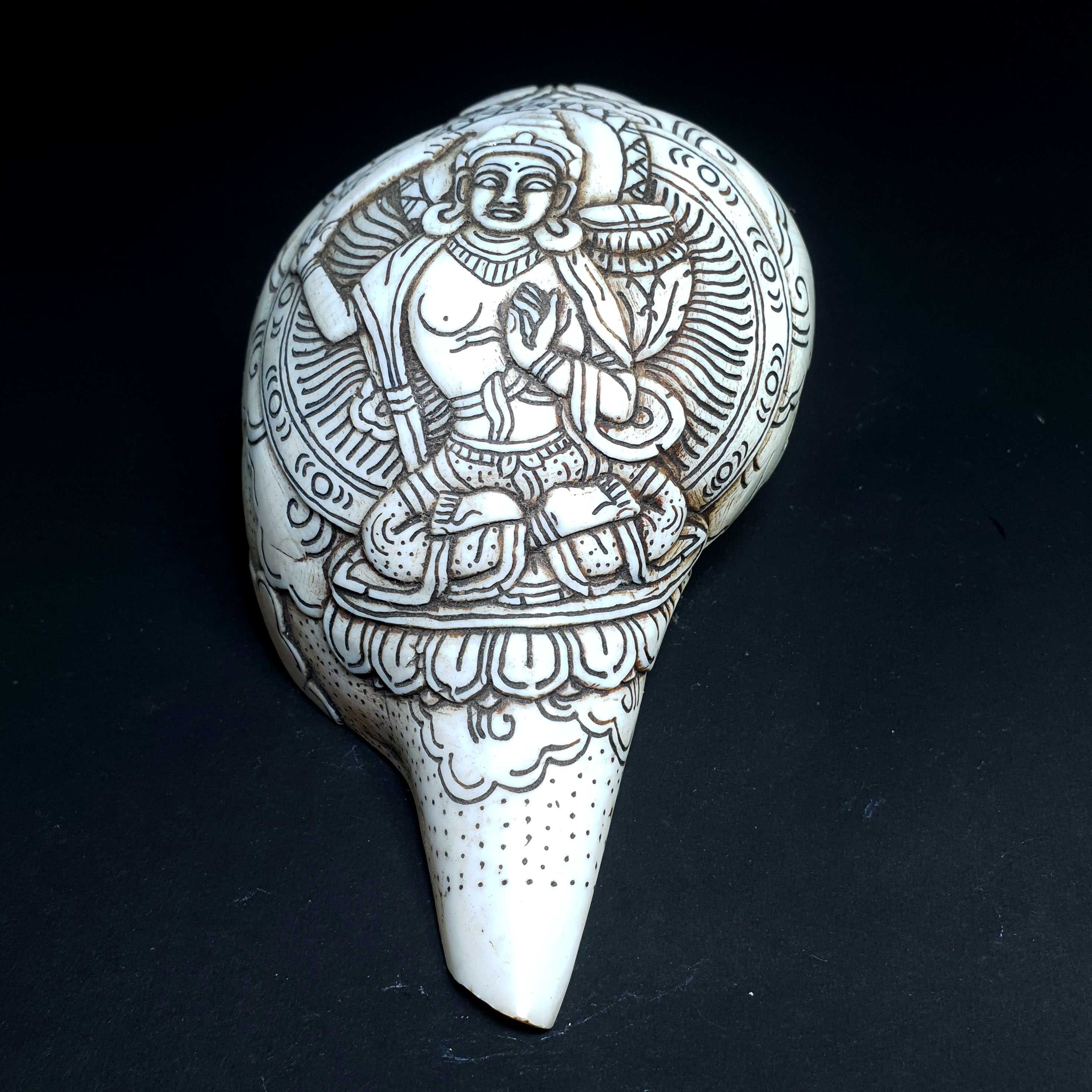 with Manjushri
with Manjushri 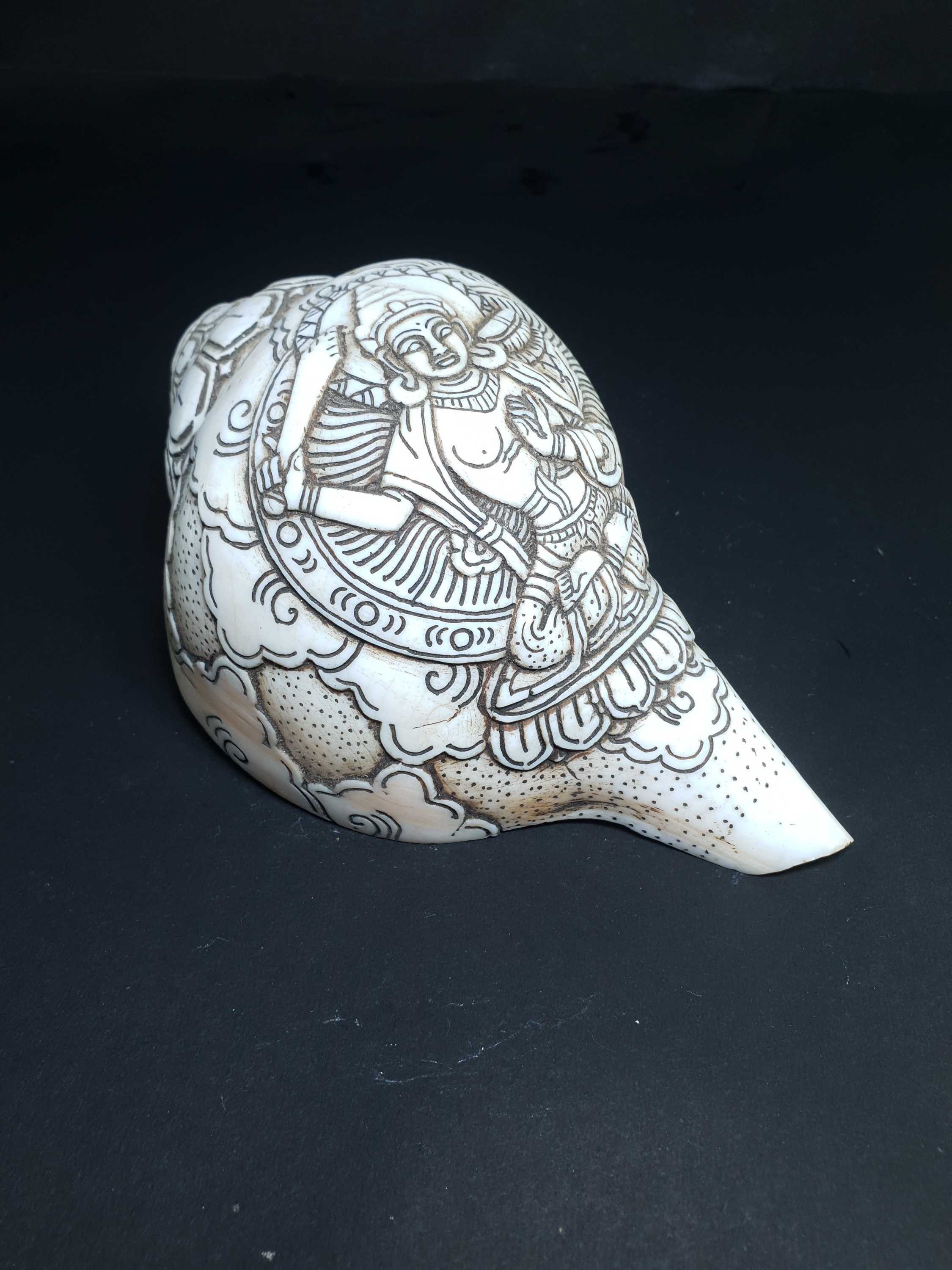 with Manjushri
with Manjushri 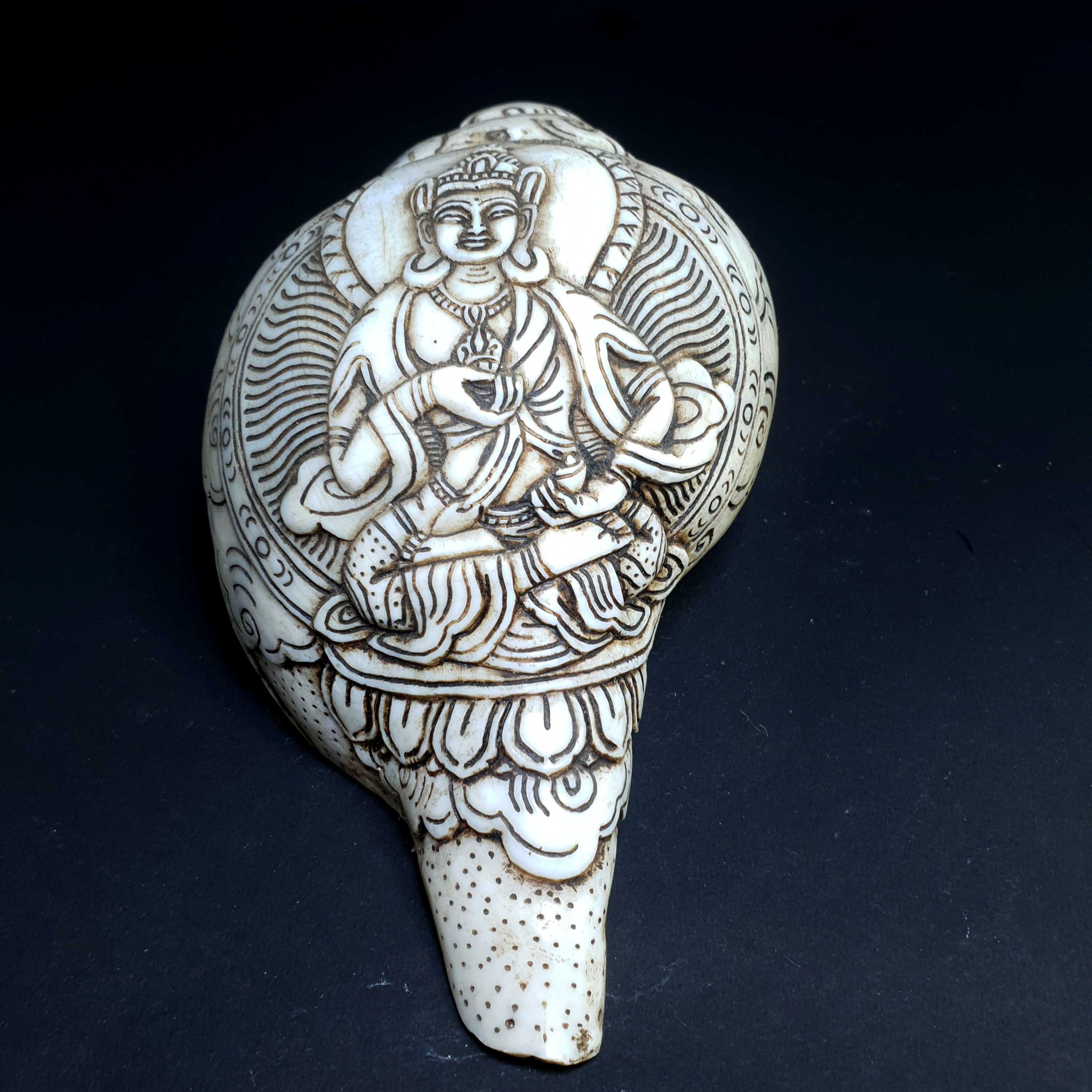 with Vajrasattva
with Vajrasattva 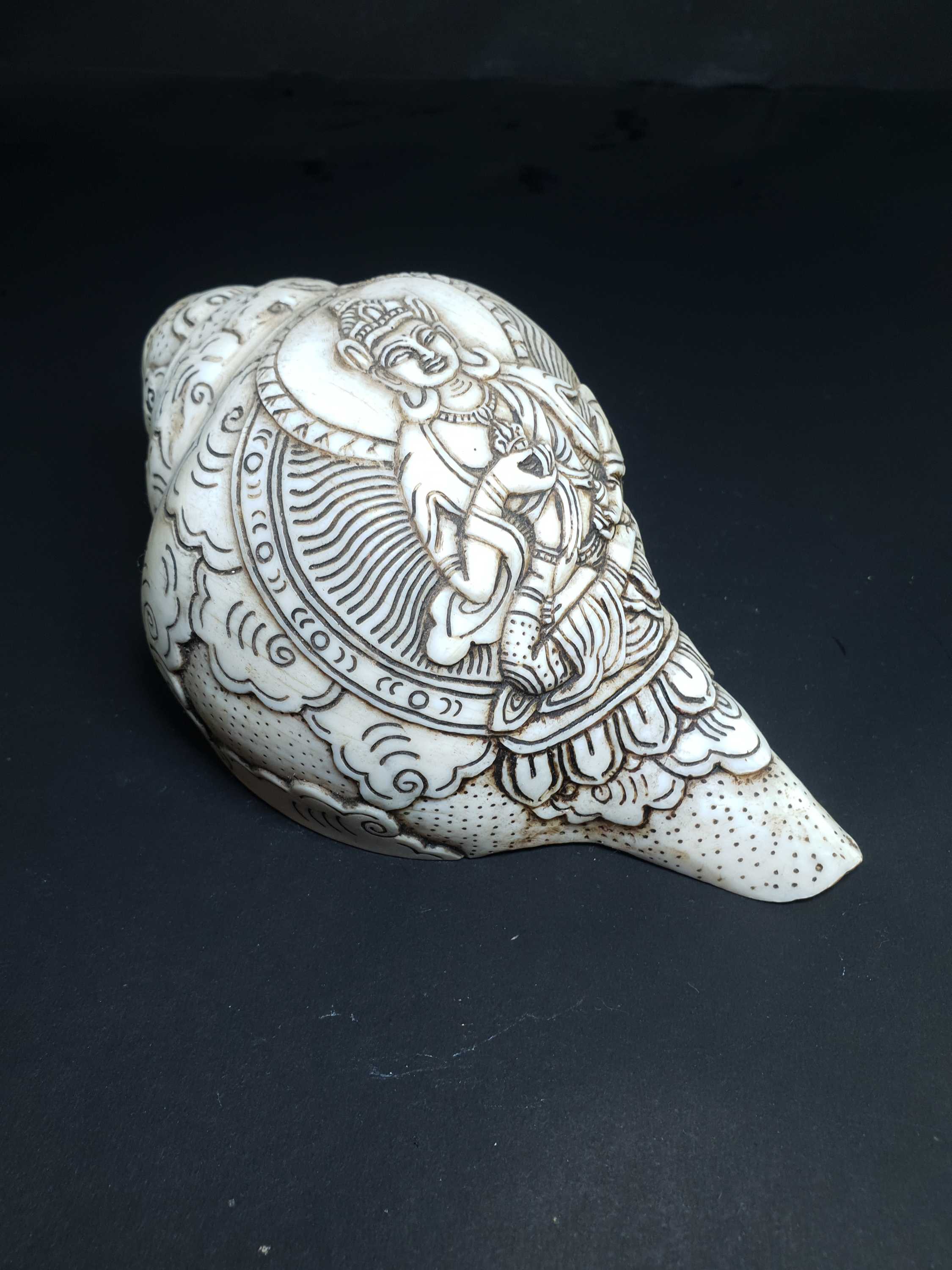 with Vajrasattva
with Vajrasattva 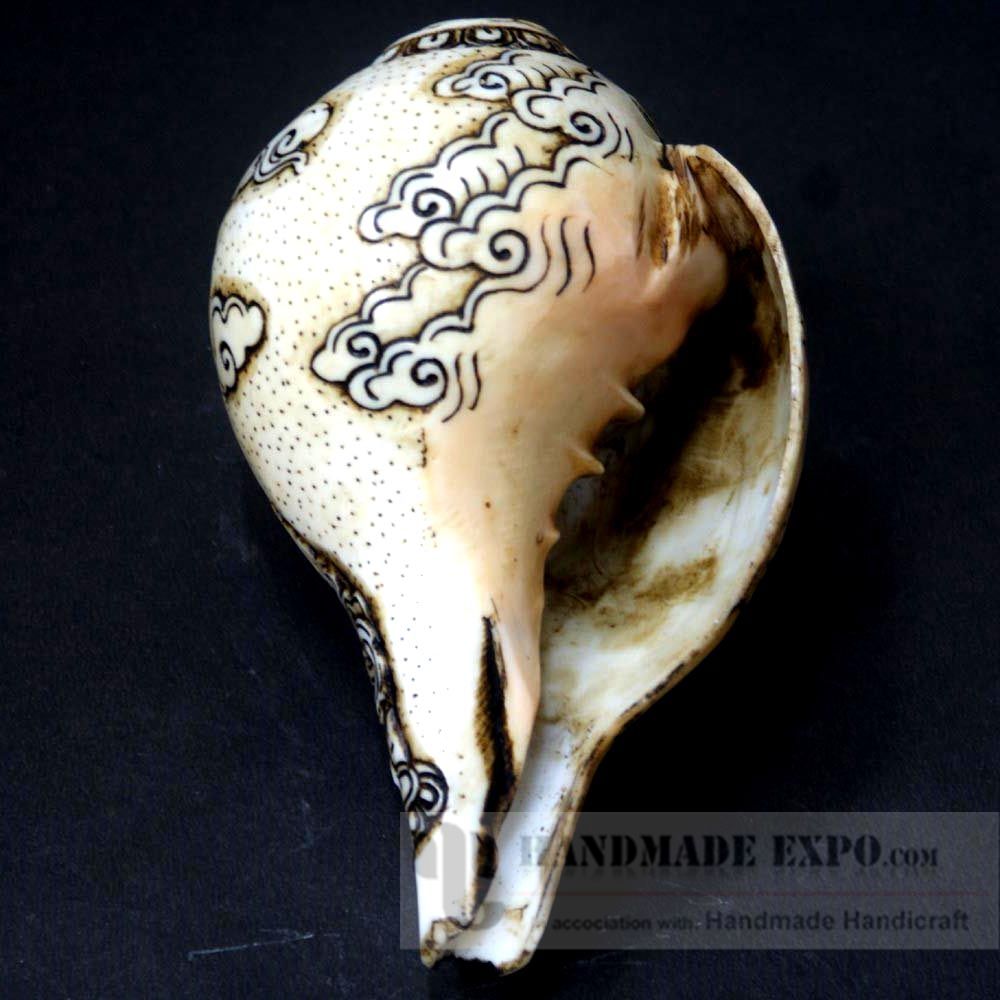
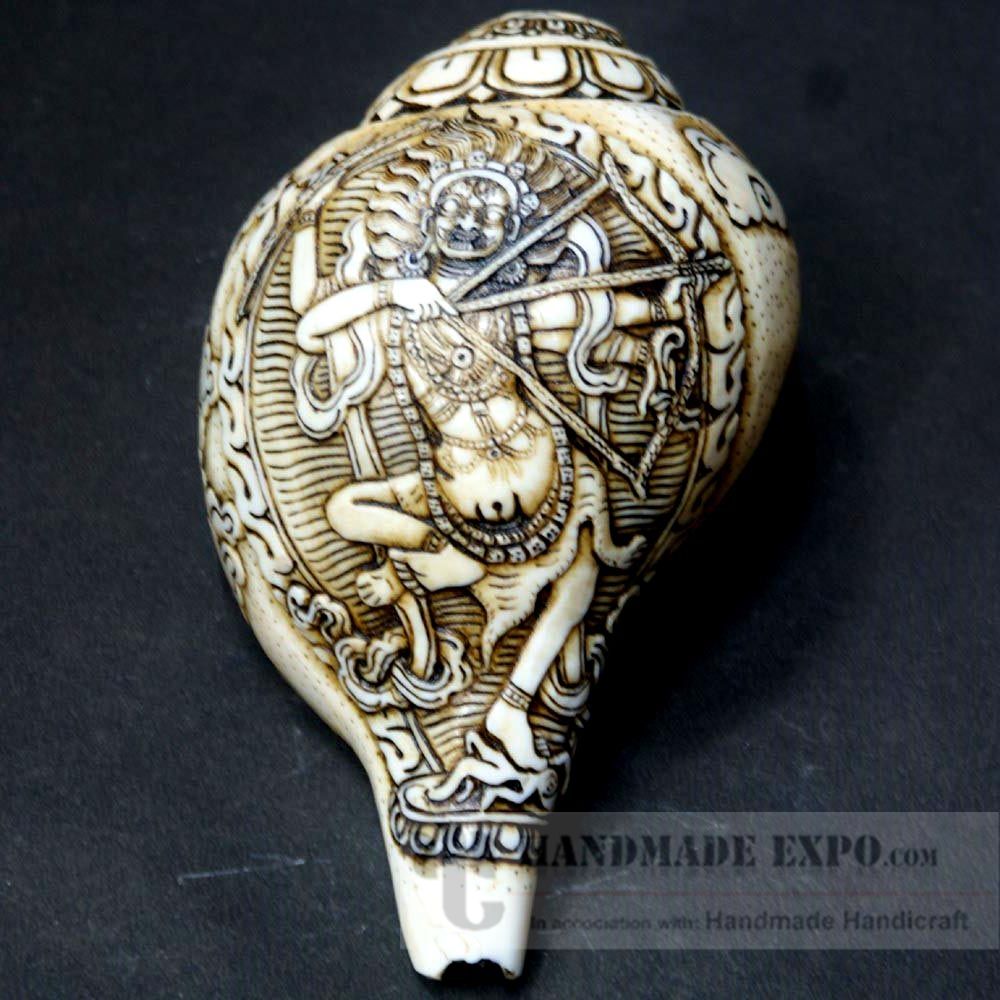
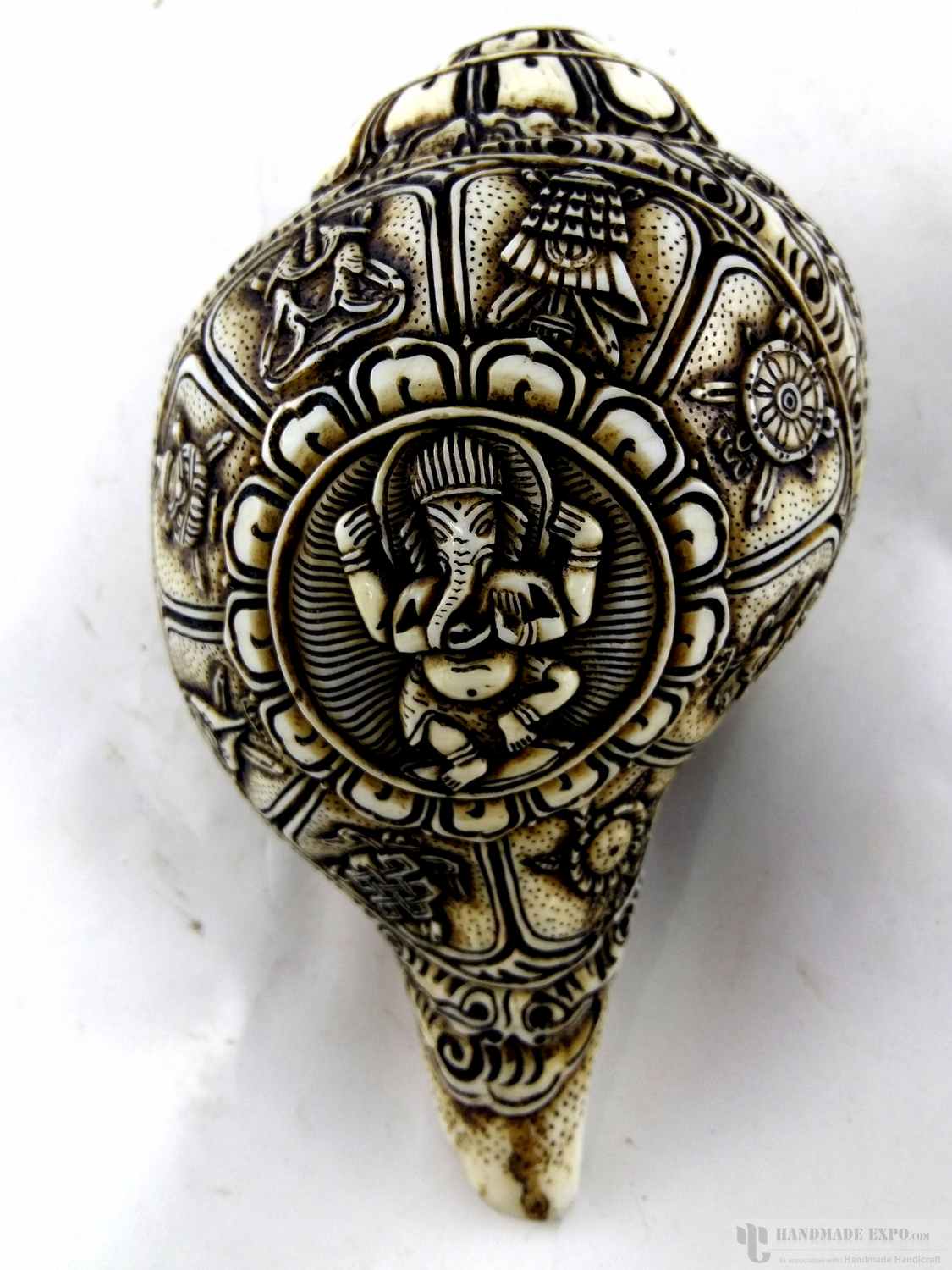 with Ashtamangala
with Ashtamangala 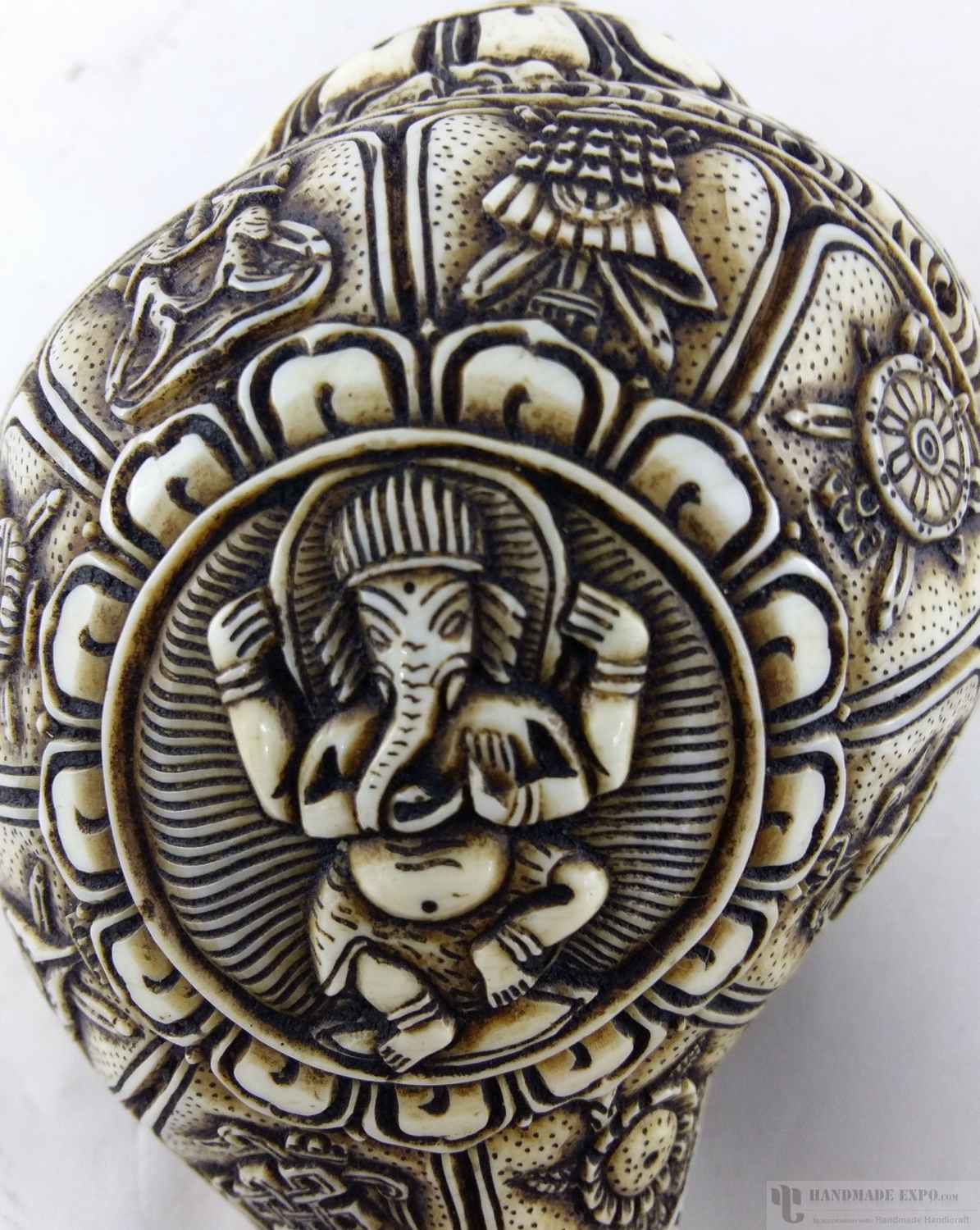 with Ashtamangala
with Ashtamangala  with
with 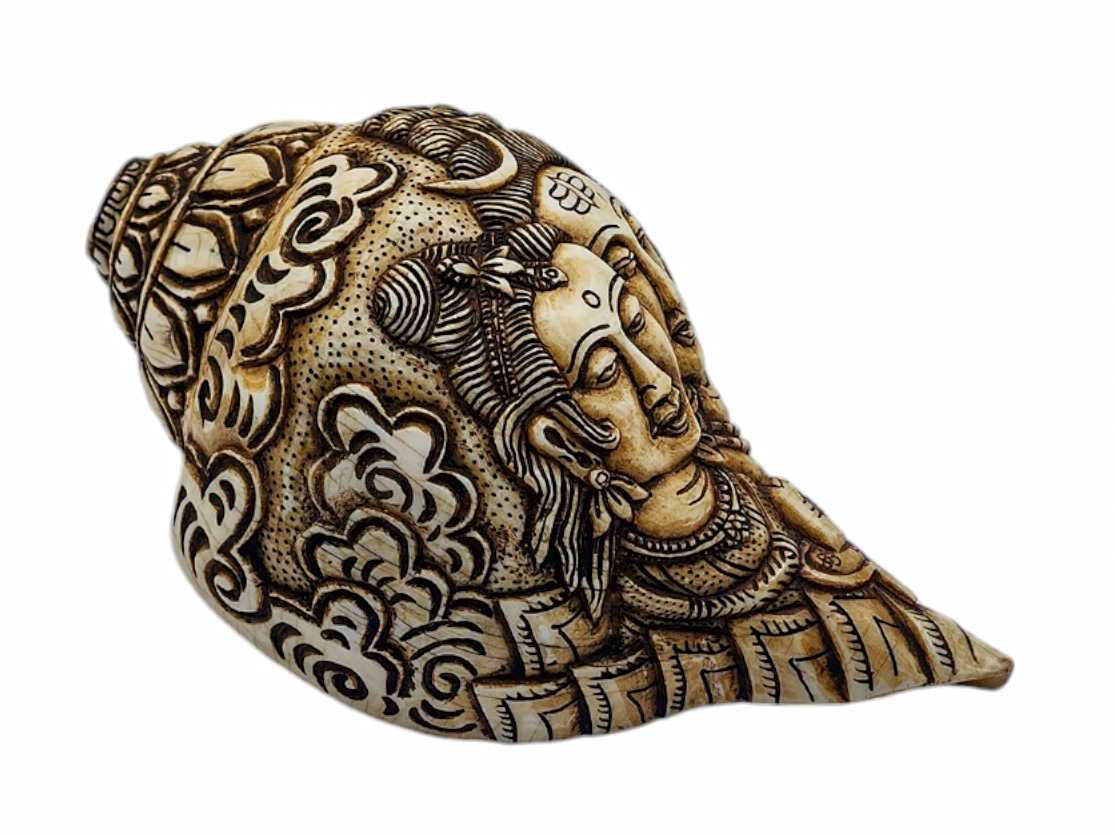 with
with 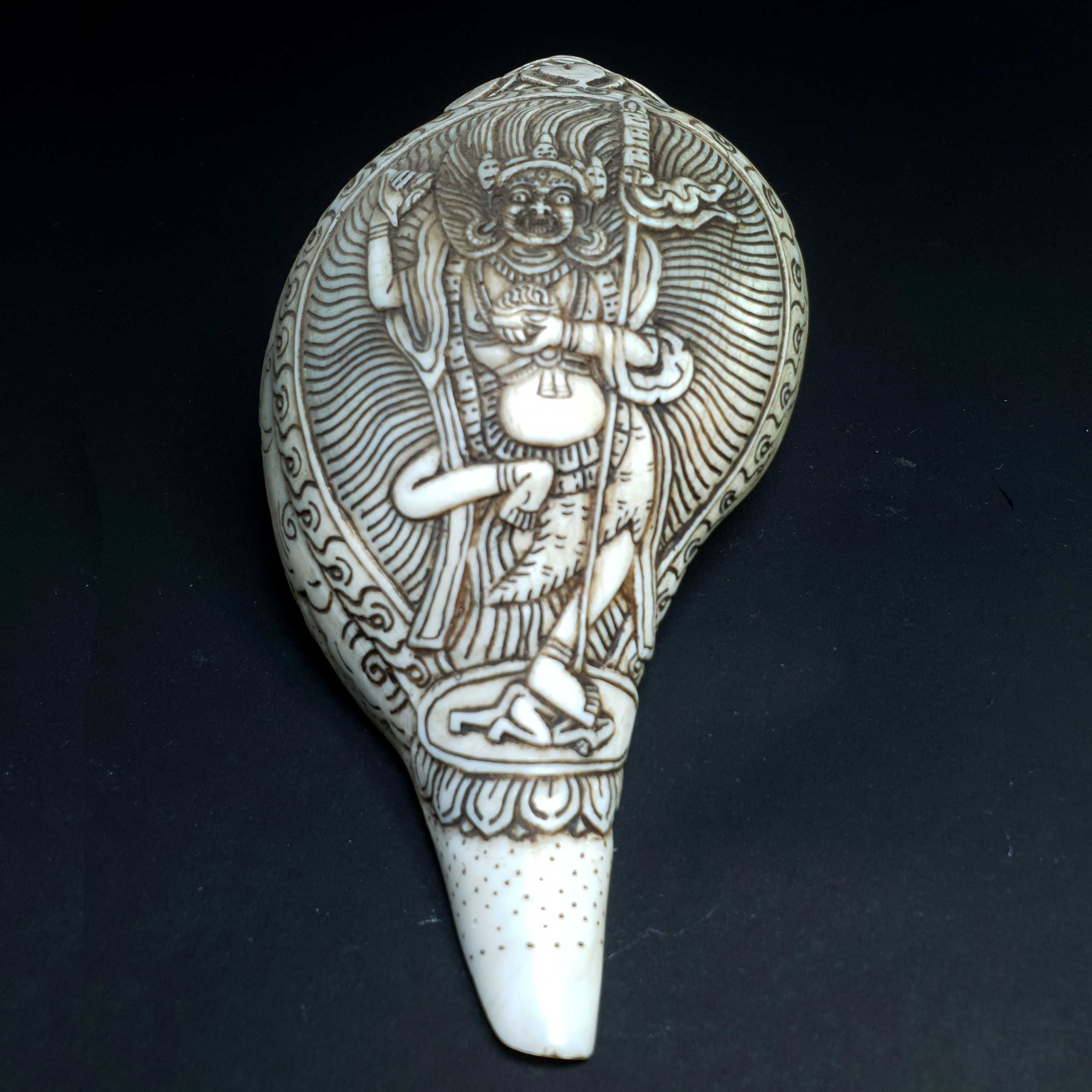 with Vajravarahi - Dorje Phagmo Yogini
with Vajravarahi - Dorje Phagmo Yogini  with Vajravarahi - Dorje Phagmo Yogini
with Vajravarahi - Dorje Phagmo Yogini